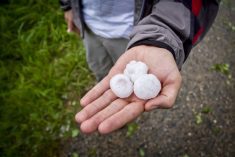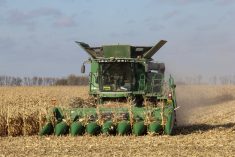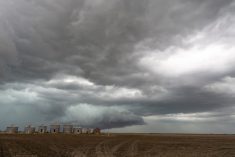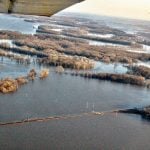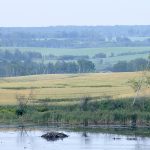Deforestation in the Amazon increased by nearly a third over the past year, according to Brazilian government figures released Thursday, confirming a feared reversal in what had been steady progress over the past decade against destruction of the world’s largest rainforest.
Satellite data for the 12 months through the end of July showed that deforestation in the region climbed by 28 per cent compared with a year earlier. Although scattered, the total land cleared during the period amounted to 5,843 square km, an area almost the size of the U.S. state of Delaware.
Read Also
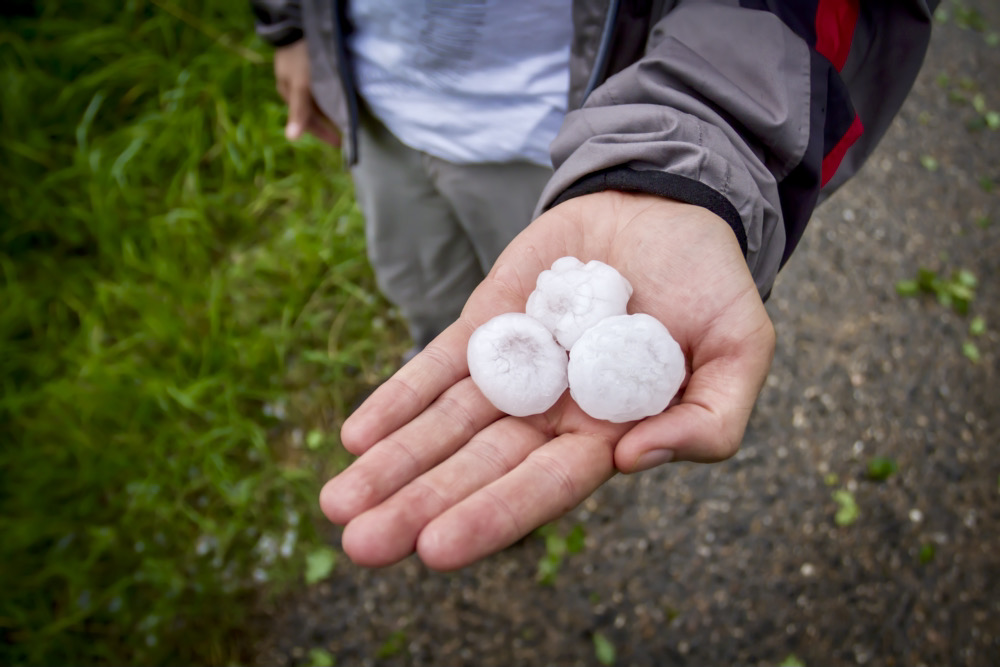
Mixed year for hail claims across Prairies: CCHA
The 2025 crop year was an average year for hail across the Canadian Prairies, with overall claim numbers down slightly compared to last year, reported the Canadian Crop Hail Association (CCHA).
The figure, boosted partly by expanding farms and a rush for land around big infrastructure projects, is the second-lowest annual tally since Brazil’s space agency began tracking deforestation. But it fulfilled predictions by scientists and environmentalists, based on preliminary figures compiled through the year, that destruction was on the rise again.
“You can’t argue with numbers,” said Marcio Astrini, coordinator for the Amazon campaign at the Brazilian chapter of Greenpeace, the environmentalist group. “This is not alarmist — it’s a real and measured inversion of what had been a positive trend.”
Brazil tracks the amount of land cleared each year as part of its efforts to protect the Amazon, a Western Europe-sized jungle that is an abundant source of the world’s oxygen and fresh water and considered by scientists to be a crucial buffer against climate change.
The measurement year for the satellite data starts each August, during the Amazon dry season, when overhead imagery is freest of clouds.
The reasons for the rebound in deforestation are numerous. Changes to Brazil’s forestry laws have created uncertainty among landowners regarding the amount of woodland they must preserve. High global prices for agricultural commodities have also encouraged growers to cut trees to make way for farmland.
Loggers, squatters and others are also rushing to exploit land around big infrastructure projects, including railways, roads and hydroelectric dams under construction in the Amazon.
Izabella Teixeira, Brazil’s environment minister, dismissed criticisms that government policies had led to the increase. She pointed to the long-term decrease in deforestation over the past decade and said the overall trend was “positive.”
The government’s goal, Teixeira told a news conference in Brasilia, “is to eliminate illegal deforestation in the Amazon.”
— Paulo Prada reports for Reuters from Rio de Janeiro. Additional reporting for Reuters by Anthony Boadle in Brasilia.


